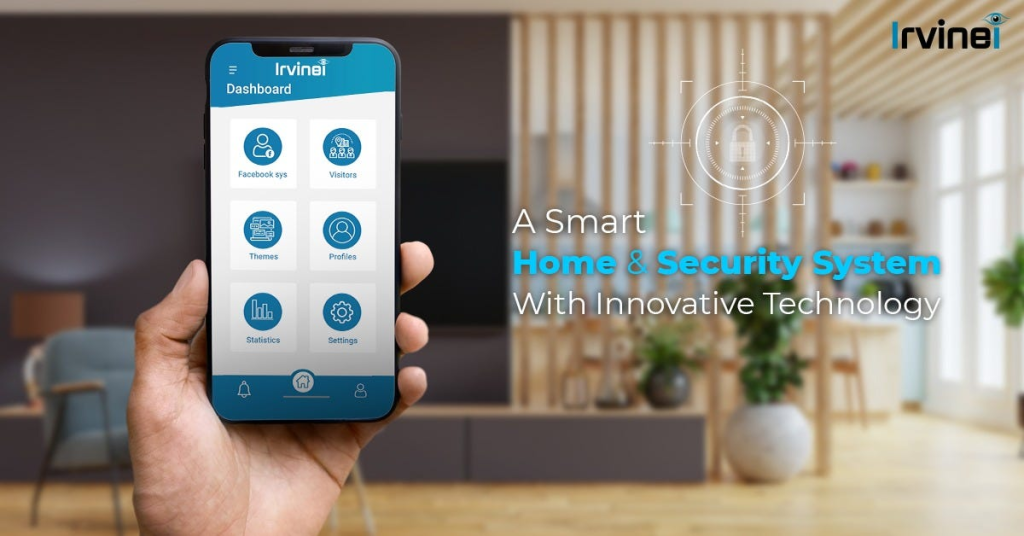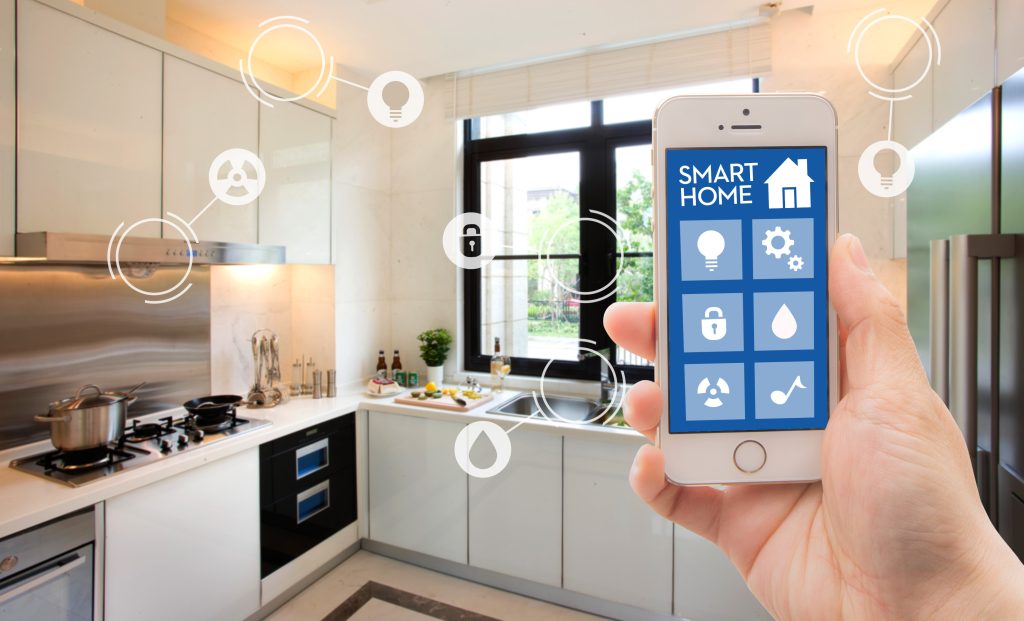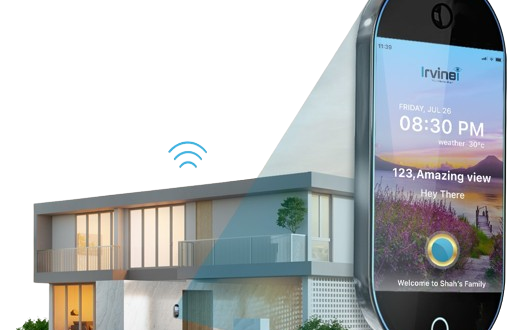
A smart home is equipped with technology that allows for the automation of various tasks, enhancing convenience, efficiency, and security. This guide aims to explore the growing trend in smart home technology, define its key components, and highlight the benefits that come with embracing these innovations.
Growing Trend in Smart Home Technology
The adoption of smart home technology has witnessed a significant uptick in recent years. Advancements in Internet of Things (IoT), artificial intelligence, and connectivity have paved the way for a seamless integration of devices within the home environment. As more people recognize the potential benefits of a smart home, the market continues to expand, offering an array of innovative solutions.
Whether you’re a tech enthusiast looking to upgrade your home or a novice exploring the possibilities, this guide aims to be a comprehensive resource for understanding, selecting, and implementing smart home technologies.
Benefits of Smart Home Innovations
In rapid technological advancement, smart home innovations have emerged as transformative solutions, enhancing our living spaces by seamlessly integrating cutting-edge technology to provide a multitude of benefits.
Convenience and Efficiency
One of the primary benefits of smart home technology is the unparalleled convenience it brings to daily life. Automated systems allow for the seamless control of lighting, thermostats, and other devices through a centralized hub or smartphone app. This not only simplifies tasks but also promotes energy efficiency by optimizing the use of resources.
Energy Savings
Smart home innovations play a crucial role in promoting energy conservation. Smart thermostats, for example, learn user preferences and adjust heating and cooling systems accordingly, optimizing energy usage. Additionally, smart lighting systems can be programmed to turn off when rooms are unoccupied, reducing unnecessary electricity consumption.
Enhanced Security

Smart security systems have revolutionized the way we protect our homes. Surveillance cameras, smart locks, and alarm systems can be monitored and controlled remotely, providing homeowners with real-time insights into their property’s security. The integration of smart devices enhances the overall security posture, acting as a deterrent and providing peace of mind.
Integration and Connectivity
The true power of a smart home lies in the seamless integration and connectivity of devices. Interoperability allows different components, such as lighting, thermostats, and security systems, to work together harmoniously. This interconnectedness not only enhances the overall user experience but also enables more sophisticated automation and customization.
Key Components of a Smart Home
So, what really makes a smart home? Let’s get into the details and help you understand what it takes to build yourself a home automation systethat you can control at ease.
A. Smart Lighting

Benefits and Features
- Smart lighting systems provide versatile benefits compared to traditional solutions.
- Users can remotely control the intensity and color of lights for personalized atmospheres.
- These systems contribute to energy savings by automatically adjusting brightness based on natural light conditions.
Popular Products and Brands
Leading the charge in smart lighting are products such as Philips Hue, LIFX, and Nanoleaf. These brands offer a variety of smart bulbs, strips, and panels that can be integrated into existing lighting fixtures, transforming ordinary spaces into dynamic and customizable environments.
B. Smart Thermostats
Energy Efficiency
Smart thermostats excel in energy efficiency. These devices learn user preferences over time, adjusting temperature settings to optimize comfort while minimizing energy consumption. The ability to remotely control and program heating and cooling systems adds an extra layer of convenience.
Remote Temperature Control
The integration of smart thermostats with smartphone apps like IRVINEi allows users to control their home’s temperature remotely. This feature proves valuable for ensuring a comfortable environment upon arrival or adjusting settings while away, contributing to energy savings and efficiency.
Popular Products and Brands
Nest Learning Thermostat and Ecobee SmartThermostat are among the most popular models known for their intuitive interfaces, energy-saving algorithms, and compatibility with various HVAC systems.
C. Smart Security Systems
Surveillance Cameras
Smart security cameras, offer high-definition video monitoring, motion detection, and two-way communication. These devices provide homeowners with real-time footage and alerts, enhancing overall security and enabling quick responses to potential threats. You now have security video doorbells as well that can give you alerts and act as surveillance.
Smart Locks
Smart locks, revolutionize home access control. With features like keyless entry, remote locking/unlocking, and temporary access codes, smart locks provide enhanced security and convenience. Integration with other smart home devices ensures a comprehensive security ecosystem.
Alarm Systems
Modern smart alarm systems, including offerings from Irvinei, combine traditional security features with smart technology. Wireless sensors, smartphone alerts, and professional monitoring services create a robust defense against intruders while offering homeowners peace of mind.
D. Voice-Activated Assistants

Integration with Smart Devices
Voice-activated assistants, such as Amazon’s Alexa, Google Assistant, and Apple’s Siri, serve as central hubs for smart home control. These platforms enable users to interact with and command various devices using voice commands, promoting a hands-free and intuitive smart home experience.
Voice Commands for Everyday Tasks
From adjusting lighting and setting temperatures to controlling entertainment systems, voice-activated assistants streamline everyday tasks. The natural language processing capabilities of these platforms continue to evolve, making interactions more seamless and responsive.
Smart Home Automation
Smart home automation involves the use of technology to perform tasks automatically, reducing the need for manual intervention. This includes scheduled routines, triggers based on sensor inputs, and personalized automation scenarios that enhance the overall efficiency and convenience of a smart home.
Examples of Automated Systems

Automated Blinds and Curtains
Automated window treatments, such as those offered by companies like Somfy and Lutron, bring a new level of sophistication to smart homes. These systems can be programmed to open and close based on the time of day, sunlight conditions, or user preferences, contributing to energy efficiency and privacy.
Smart Appliances
The integration of smart appliances, including refrigerators, ovens, and washing machines, into a smart home ecosystem introduces automation and remote control features. For instance, users can preheat their ovens on their way home or receive alerts about appliance status, enhancing efficiency and convenience.
Home Entertainment Systems
Smart home automation extends to entertainment systems, with devices like smart TVs, sound systems, and streaming devices becoming seamlessly interconnected. Automation can include setting up “movie night” scenes that adjust lighting and temperature, creating an immersive home theater experience.
Conclusion
In conclusion, the integration of smart home technologies, exemplified by energy-efficient solutions like smart thermostats, not only enhances daily convenience but also contributes significantly to sustainable practices by optimizing energy consumption. You can install home automation doorbells as well, like IRVINEi AI powered touchscreen doorbell for all these features in one gadget. As we embrace these innovations, the benefits extend beyond personal comfort, shaping a more efficient and environmentally conscious way of living.

